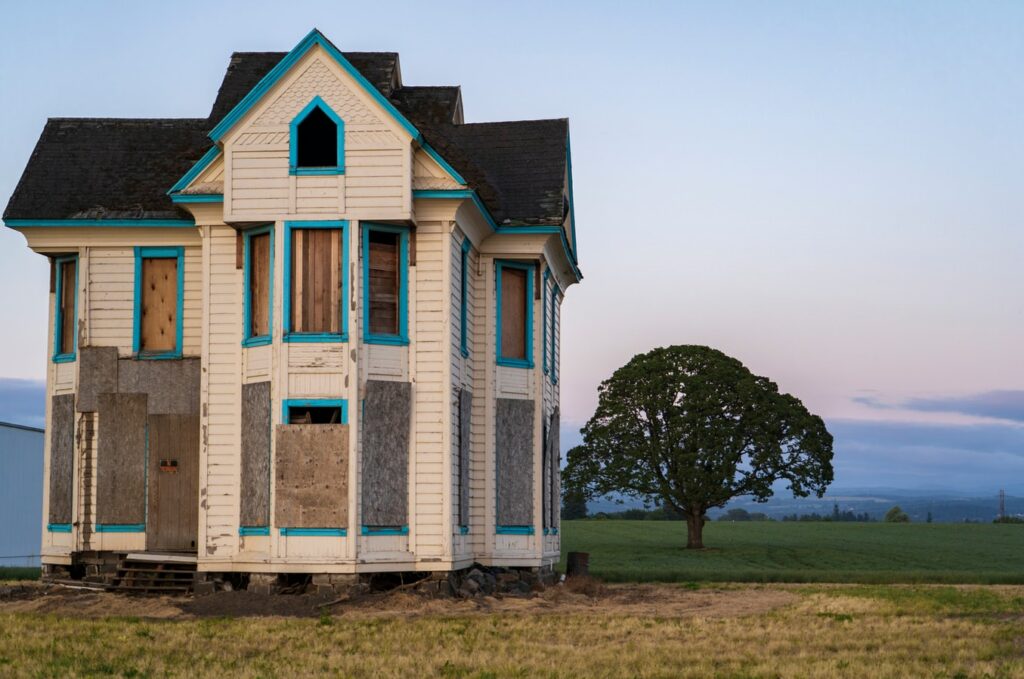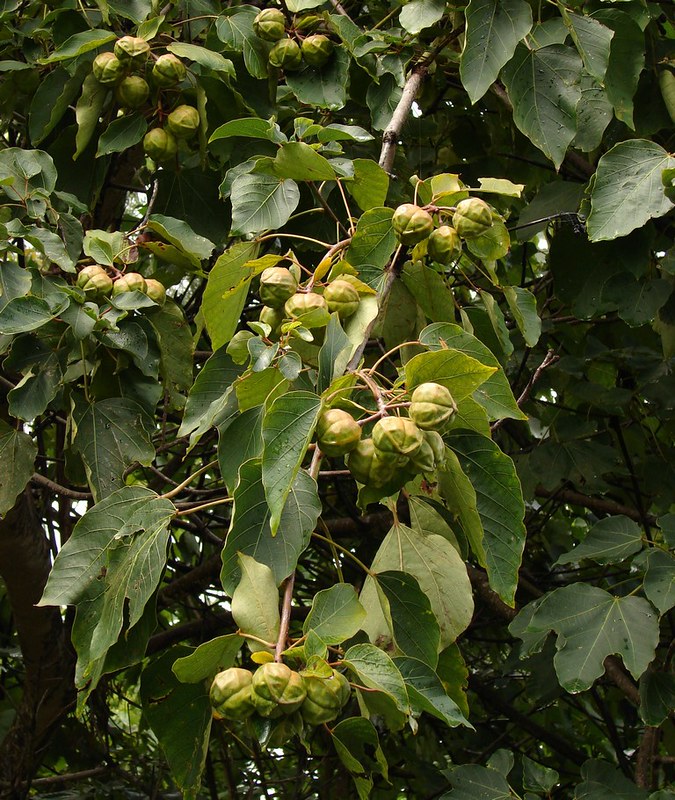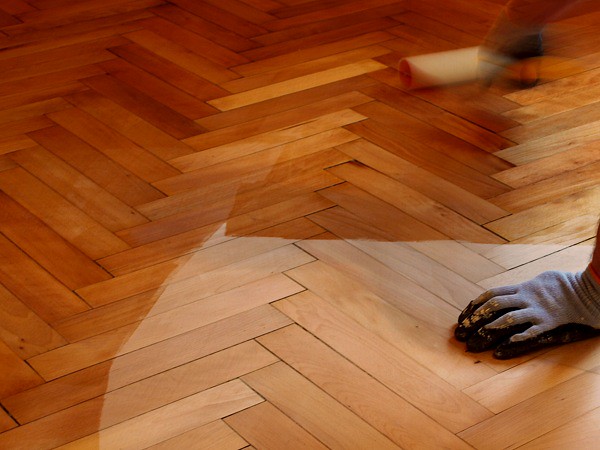Obtaining a clear and defined history of wood finishing isn’t as straightforward as you might think. Until somewhat recently, wood finishes were not considered pertinent to the design and craftsmanship of antique furniture. Records were not made and it is no longer possible to study the original finish.
Only as recently as the 20th century were significant developments made in identifying a particular wood finish. The Forest Protection Laboratory in Wisconsin, USA formed the ‘Wood Finishing Research Project’ in 1922. Until then, no one had studied the interactions between wood and coatings before. The project made strides, shedding light on the functions of primers and paints in particular, and understanding the interaction between exterior wood and moisture.

What we can define, however, is where it all began; the general roots of wood finishing. For the purpose of this blog, and to help narrow down our discussion, we will be focusing on the big three: oils, varnishes and paints.
Oils
The foundation of wood oils can be traced back to Ancient China, where linseed (also known as flaxseed) and tung oil were inexpensive and widely available. Indeed, farmers were encouraged to grow flax for the purposes of producing cloth. Tung oil was obtained by pressing the seed from the nut of the tung tree.
The downside of these oils was that they dried very slowly and needed multiple coats. So to speed up the process, derivatives of lead were often cooked in to get the oil to dry faster. The produced finish was also considered quite dull and suffered damage fairly easily. As a consequence, these oils were mostly used on furniture such as chairs, as these were harder to varnish and didn’t receive as much wear as other pieces, such as tabletops.

Varnish
In the 18th and early 19th centuries, varnish was considered the go-to finish for much of the period’s furniture. Varnishes were largely Influenced by the majesty and allure of high-gloss, Oriental-lacquer finishes. These pieces of furniture were imported into Europe from the Far East, especially from places like Japan. The finish was produced from the sap of a tree native to East Asia and exportation was considered forbidden.
As a result, there were many alternative resins imported in the 18th and early 19th centuries. Commonly, these came from plants, trees and insects (shellac was a resin derived from female lac bug on trees in the forests of India and Thailand). They could also be found as hard, fossilised chunks of copal and amber.
The most prominent theme it seems is variety. Each shop had its own unique and secret recipe for turning resins into varnish. Commonly, however, there were three types of varnish most widely used.
- Fixed-oil varnish – A resin (usually copal or amber) was heated and liquefied, then dissolved in very hot linseed oil. The process was considered quite dangerous due to the high possibility of fires.
- Essential-oil varnish – A soft varnish that lacked durability and was usually made with resin and turpentine from pine trees.
- Spirit varnish – The most popular as it was easiest to produce. A resin simply had to be dissolved in alcohol or spirits of wine.

Paints
To look back to the oldest evidence of paints, we have to go as far back as primitive civilizations. These cave paintings were able to survive for so long because of their protected locations. The main pigments used to obtain colour were iron and manganese oxides, and these would probably have been mixed with ingredients such as animal fats and plant sap.
It wasn’t until 3000–600 BC that pigments were developed with a wider range of colours. The Ancient Egyptians are credited with producing the first synthetic pigment, known as Egyptian Blue.
Paints would continue to be produced in small batches for a long time throughout history. The manufacturing process itself was considered very expensive and the product was not affordable to many. It wasn’t until the 19th Century that the demand for paint and coatings became elevated enough that it became profitable for wider consumption.
Modern Examples
- Osmo Polyx Oil – Osmo’s original product is the epitome of a modern, hard wax oil. Highly versatile, it provides a tough, durable and water repellent finish to a whole host of interior surfaces.
- Manns Extra Tough Interior Varnish – This reliable product is a water-based, polyurethane varnish, a popular combination for modern varnishes. It’s non-yellowing and complete with anti-bacterial properties that make it perfect for use on childrens toys and food contact surfaces.
- Earthborn Lifestyle Emulsion Paint – A modern, eco-friendly alternative to conventional, solvent-based paints. This product is born from a water-base and is ideal for protecting busy and domestic areas. As such, it’s highly durable and easily washable.

Need help with your wood finishing project?
Contact our team of resident experts who are always on hand to help with project advice and product recommendations. Alternatively, see our FAQ page which covers many of our most commonly asked questions.
We love to see before, during and after photos of any wood finishing project. If you would like to share your project pictures with us and our followers, you can either send us some photos or share on our Facebook, Twitter, Pinterest or Instagram pages.




